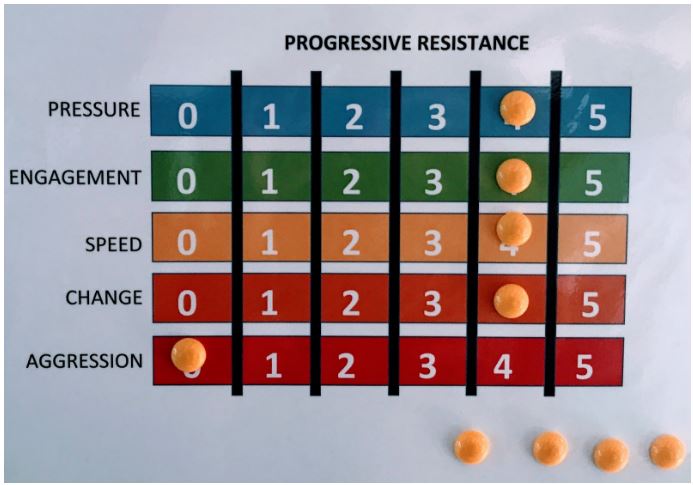Hello wonderful and beautiful interbeings,
Being a good partner is essential. As learners and teachers of this art of awareness we must stay aware of what we’re doing as partners. In this light we need only ask the question to ourselves –
am I open to growth in the area of partnerwork?
If that answer is yes, take the time to read below:
Joshua Craig, a friend, and a seasoned Zhong Xin Dao instructor who lays delightful and noteworthy groundwork towards putting attention and mindfulness in how we touch hands with others. He gave some explanations about how to be a good partner when I was in Poland (2017) (BTW, the Poland Trip with Joshua is an amazing experience of training, travel, and fun …. if you’re able to go – GO!) . Be aware that my words are based on my own understanding taken from what I learned from Instructor Craig. (This is version 1 of this article, and it may be updated in the future)
We look at ourselves generally as good at doing simple things. Being a partner is generally seen an an easy thing. What’s so hard about being a piece of equipment? Well, I’m about to share with you that it’s harder than it looks.
Glance at the chart in the picture above. These are the controllable elements that go into being a partner. I use the word “controllable,“ because we’re not always aware of what we’re doing in our bodies at a given moment – which is why we study the Martial ART of AWARENESS. We can speak and tell our body what to do. Let’s take each of these things one by one.
To help with our understanding, let’s say that you are partner B. And the being that you’re training is partner A.
Pressure
- Pressure is how much force you are applying to the PoC (point of contact). If someone can handle a low pressure well, feel free and ask if you can step the number up and see if they can maintain their application. At a 5, imagine yourself a strong bodybuilder who is trying to pushover a car – muscle it man! At a 0 – imagine yourself as a elderly human who is lightly touching your hand during a hello.

Photo by Vance Osterhout on Unsplash
Engagement
- Engagement is applying force on more than one center of the partner. When you apply force, usually you’re applying it to the Center of Mass (CoM), and the arm, that can be seen as a 2 in engagement. A 1 would be just applying force on the center of the wrist. Can Partner A, who you are training handle more? OK … let’s include the elbow… more? Alright – now the shoulder. Connecting more and more centers means your trainee will need to be more balanced and connected within him/herself to complete the application. A 5 in engagement would mean that you’re a puppet master, and is maintaining a connective force across the centers of your Partner A’s body.

Photo by Sagar Dani on Unsplash
Speed
- We move faster than we think sometimes. I remember that even when I’m told, go slow, I sometimes go fast. Moving at a slow speed, means that mentally we must tell our body’s members to move at a slower rate. Think about moving slow, move slow, and now see if you can go slower. That is a 0 – you are the turtle. Being a 0 can help immensely in Partner A’s growth. If they can’t handle 0, don’t go any faster. In fact, you may want to make your 0 slower as a starting threshold. The lesson in this, is to be aware of yourself. Ask – am I moving too fast? Also, “can I go slower?”

Photo by Ray Hennessy on Unsplash
Change
- If, during two movements, your force is in one direction, and then it becomes another … Congratulations! … you’ve just implemented change into your partnerwork. If you suddenly go from a horizontal force, to a sagittal one, you’re doing it. Again, I’ve been guilty of this many times. Often, it’s without realizing it. It’s ok … put your attention on your change. A 0 here is that your force is remains in the same direction. A 5 is when you’re changing at almost every moment. Like the other elements of partnerwork above, start at 0, and move based upon successfully mastery of lower levels. (or if you just want to play around ;D

Photo by Jordan Ladikos on Unsplash
Aggression
- There’s no better way simulate a real good fight than by growling at your opponent! Right!? Or, try hissing like a feral cat. OH YEAH, BABY! There’s no other way to say this … aggression distracts. At 0, you seem like a soft puppy. At 5, you’re a gladiator who roars! Just a small recommendation to you … don’t roar when you’re training … because you’ll be then more likely to go push the numbers on Speed, Pressure, and Change. Image you hissing like a cat, and putting pressure like an older gentleman …hmm…#funny … Generally, we can reserve Aggression for play, and for when we can handle 5s on the other elements.

Photo by Gem & Lauris RK on Unsplash
PESCA (Pressure, Engagement, Change, and Aggression) is a great framework with which we can grow as partners and in awareness of our own bodies. I highly recommend that you take these ideas to your next partnerwork session and enjoy!
Thanks for reading, and thank you Instructor Joshua Craig for this nugget of wisdom!
If you liked this article, feel free to share and come visit our ZXD Facebook Page ^_^*






